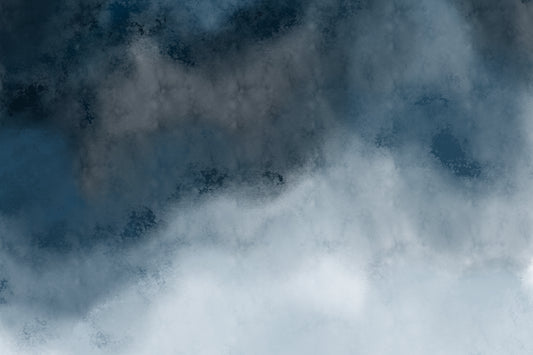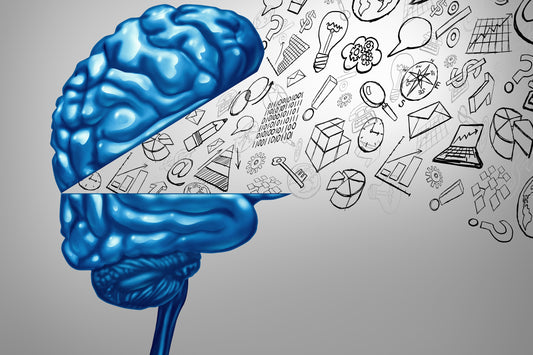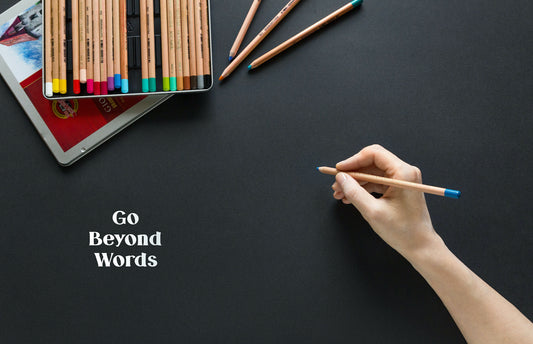
Brushing Away Stress: Art Therapy for Anxiety Relief
Share
The weight of anxiety can be overwhelming, like a heavy fog that clings to every corner of our minds and bodies. It's a feeling that's all too familiar for millions of people around the world, who struggle to find solace in a chaotic and fast-paced world. But what if we told you that there's a way to lift that fog, to quiet the racing thoughts and soothe the frayed nerves?
Enter art therapy, a powerful tool that's been gaining recognition for its ability to provide anxiety relief and promote overall mental well-being. By harnessing the creative process, art therapy offers a unique opportunity to express and process emotions, tap into our subconscious mind, and unlock a sense of calm and clarity. In this post, we'll delve into the world of art therapy, exploring its benefits, techniques, and inspiring stories of how it's helped individuals brush away stress and find peace.
Understanding Art Therapy and Its Benefits
Imagine stepping into a tranquil space, surrounded by an array of vibrant colors, textures, and creative mediums, where the only expectation is to let your emotions flow freely. This is the world of art therapy, a powerful tool that has been gaining recognition for its ability to alleviate anxiety and stress. Art therapy is a form of expressive therapy that combines the creative process with psychotherapy to promote emotional healing and self-discovery.

By tapping into the subconscious mind, art therapy allows individuals to express and process their emotions in a non-verbal, non-threatening way, often revealing hidden patterns and insights that may not be accessible through traditional talk therapy. The benefits of art therapy are multifaceted, ranging from reducing anxiety and depression, to improving self-esteem, and enhancing cognitive function. As individuals engage in the creative process, they begin to tap into their inner strength, build resilience, and develop a greater sense of control over their emotions. By harnessing the therapeutic power of art, individuals can unlock a deeper sense of calm, clarity, and inner peace, ultimately leading to a more fulfilling and balanced life.
How Art Therapy Can Help with Anxiety Relief
In the midst of a chaotic world, anxiety can be a overwhelming and debilitating companion. It's a feeling that can suffocate, making it difficult to breathe, think, and function. But what if there was a way to quiet the storm, to tame the turbulent thoughts and emotions that swirl within? This is where art therapy comes in - a powerful tool that harnesses the creative process to bring solace, calm, and relief to those struggling with anxiety.

Through art therapy, individuals can tap into the therapeutic benefits of art-making, allowing them to express, process, and release their emotions in a safe and non-verbal way. As the brush strokes flow across the canvas, the pencils scratch against the paper, or the clay molds into shape, the mind begins to quiet, the body relaxes, and the anxiety slowly begins to unfurl. Art therapy offers a unique opportunity to externalize and confront the internal turmoil, allowing individuals to gain perspective, develop coping mechanisms, and ultimately, find a sense of peace and tranquility. By embracing the creative process, individuals can learn to brush away stress, and uncover a more serene and balanced version of themselves.
Techniques and Activities for Art Therapy
In the realm of art therapy, the creative possibilities are endless, and the benefits for anxiety relief are profound. One of the most effective techniques is expressive art, where individuals are encouraged to create freely without worrying about the outcome. This can involve splashing colors on a canvas, scribbling with markers, or molding clay into abstract shapes. Another powerful approach is narrative art, where individuals tell their stories through visual representations, allowing them to process and release emotions in a safe and controlled environment.

Mindfulness-based art activities, such as drawing mandalas or creating intricate patterns, can also help individuals calm their minds and focus on the present moment. Additionally, art therapy may incorporate guided imagery, where individuals are encouraged to visualize and create images that evoke feelings of calmness and relaxation. Through these techniques and activities, art therapy provides a unique outlet for individuals to express, process, and overcome their anxiety, leading to a sense of empowerment and renewed well-being.
To learn more about our comprehensive art therapy activities kit for individuals and professionals, click here.
Jennifer Ann Jensen, MAAT, ATR



